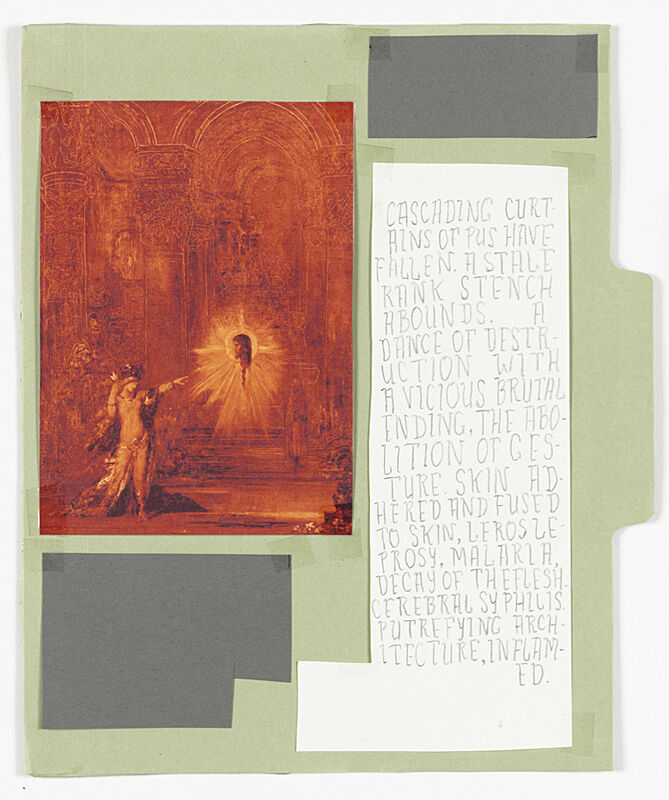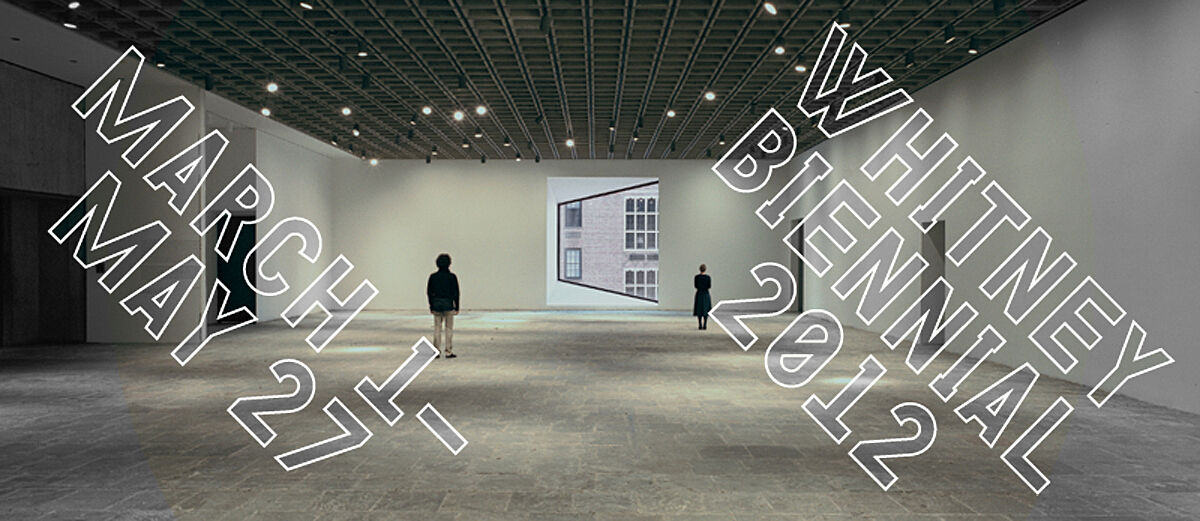Richard Hawkins
Born in 1961 in Mexia, Texas
Lives and Works in Los Angeles
Richard Hawkins's collages are inspired by the butoh-funotebooks of Tatsumi Hijikata (1928–1986), the founder of butoh. This Japanese postwar dance form is typically identified with very slow, stylized movements in which the body is twisted into positions that disturb and distort rather than beautify the human form. Although scholarship generally connects the severity of these movements to the traumas suffered by the Japanese during World War II, Hawkins’s own research uncovered an alternative origin to the movement, relating it to perverse acts and erotic transgressions. In the butoh-fu notebooks, Hijikata—who once called himself “Tatsumi Genet” as an homage to controversial French novelist Jean Genet (1910–1986)—laid out page after page of images culled from the history of Western art alongside lewd scribbled notations. Hawkins’s collages re-create several of these visually stunning pages; the artist has also made his own butoh-fu notebooks, employing language inspired by boundary-pushing French writers such as Genet and the Comte de Lautréamont (Isidore Ducasse, 1846–1870).
A revisionist approach to butoh’s origins, foregrounding the sexuality at the core of its movements, is characteristic of Hawkins’s recent projects. His 2006–09 collage series Urbis Paganus is a queered art historical account of Roman sculpture, focusing on classical depictions of hermaphrodites, backsides, and other subjects of interest. The Salome paintings on view, which draw on Gustave Moreau’s (1826–1898) famous depiction of the dancer and John the Baptist, are set in haunted massage parlors occupied by ghosts and disembodied heads. Throughout his multifaceted career, Hawkins’s works have ridden a line between subtle beauty and outré vulgarity. Central to much, if not all, of his art remain the provocative, sometimes taboo pleasures of the body and of looking at the body.


